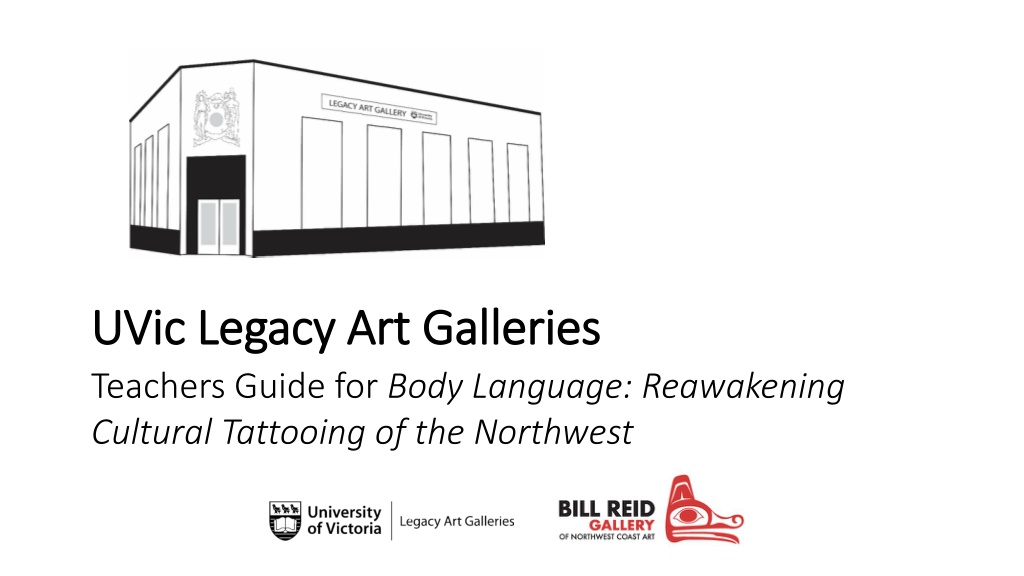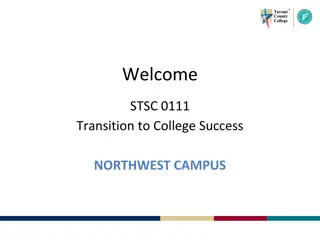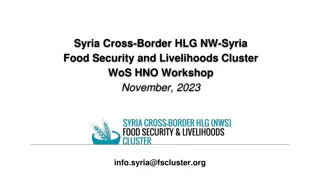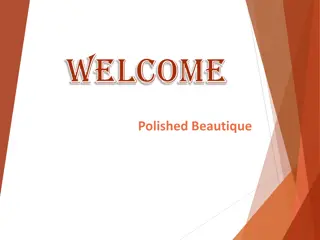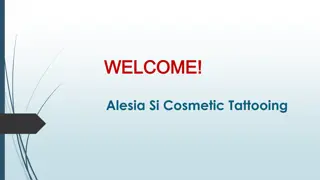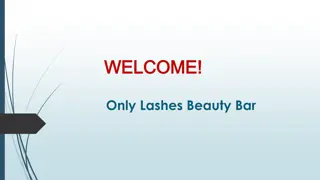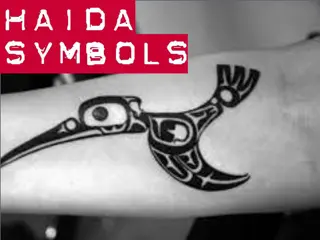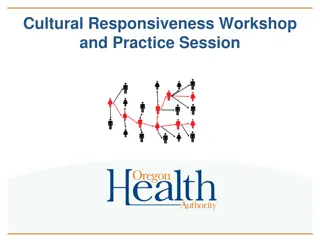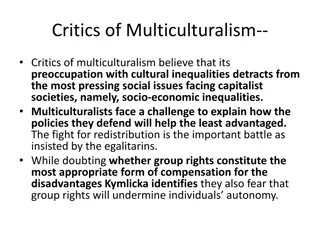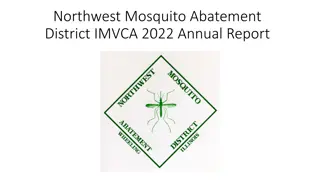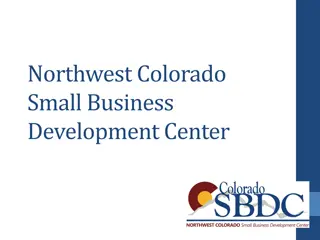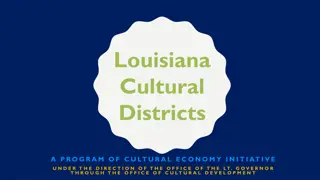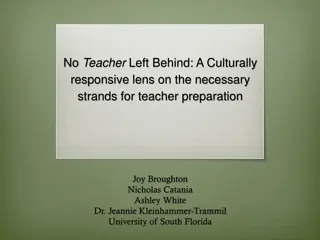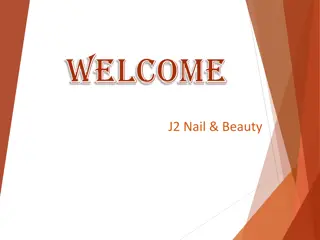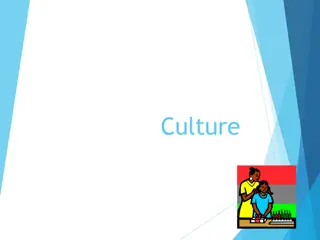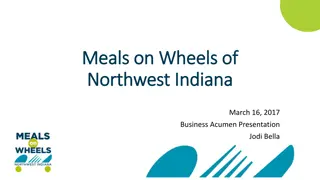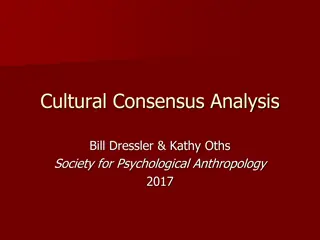Exploring Cultural Tattooing of the Northwest: A Teacher's Guide
"Discover the rich history of Indigenous tattooing in British Columbia through 'Body Language: Reawakening Cultural Tattooing of the Northwest.' This guide supports educators and students in learning about traditional practices, overcoming cultural erasure, and reflecting on identity and belonging. Dive into the exhibition curated by Dion Kaszas and explore the revival of Indigenous tattoo artistry, acknowledging the land's original inhabitants at the University of Victoria Legacy Art Galleries."
Download Presentation

Please find below an Image/Link to download the presentation.
The content on the website is provided AS IS for your information and personal use only. It may not be sold, licensed, or shared on other websites without obtaining consent from the author. Download presentation by click this link. If you encounter any issues during the download, it is possible that the publisher has removed the file from their server.
E N D
Presentation Transcript
UVic Legacy Art Galleries UVic Legacy Art Galleries Teachers Guide for Body Language: Reawakening Cultural Tattooing of the Northwest
UVic Legacy Art Galleries Teachers Guide for Body Language: Reawakening Cultural Tattooing of the Northwest Learning Objectives Territory Acknowledgement About the Exhibition Meet the Curator Indigenous Tattooing Traditions Cultural Erasure in Canada Cultural Reawakening Self Reflection Activity Additional Resources 3 5 6 7 CONTENTS CONTENTS 10 11 12 16 17
This guide was created to support teacher and student engagement with Body Language: Reawakening the Cultural Tattooing of the Northwest. Learning Objectives Learn about historical and cultural tattooing from an Indigenous perspective Recognize and understand the impacts of colonialism on Indigenous communities in British Columbia Reflect on the relationship between identity, belonging, and wellbeing LEARNING LEARNING OBJECTIVES OBJECTIVES
Body Language: Tattooing of the Northwest Reawakening Cultural
The University of Victoria Legacy Art Galleries acknowledges and respects the Lekwungen peoples on whose traditional territory the university stands and the Songhees, Esquimalt, and WS NE peoples whose historical relationships with the land continue to this day. TERRITORY TERRITORY ACKNOWLEDGEMENT ACKNOWLEDGEMENT To start the lesson, please create your own territory acknowledgement based on where your school is located.
Body Language traces the history and meaning of traditional Indigenous tattooing and piercing practices and explores their contemporary revival through the work of 5 artists who have been at the forefront of this cultural reawakening. ABOUT THE ABOUT THE EXHIBITION EXHIBITION Chilkat All Over by Dion Kaszas, 2017.
ABOUT THE ABOUT THE CURATOR CURATOR CURATOR CURATOR ABOUT THE ABOUT THE Dion Kaszas is a Hungarian, Metis and Nlaka pamux artist. He is the co- founder of the Earthline Tattoo Collective and has mentored many Indigenous tattoo artists who are reconnecting with their tattoo traditions. Photo credit: Aaron Leon, 2015.
Dion says: Our tattooing traditions transcend mere decoration to provide healing, protection, and a profound sense of cultural knowledge and belonging. The revival of our tattooing traditions affirms our identity, sends messages of empowerment, and stitches together our history with our contemporary existence. Our tattoos are a permanent reminder that we belong to something bigger than ourselves.
Dion says: It was challenging to grow up outside of my ancestral community because I didn t have connection to the land. I didn t have connection to those cultural teachings. For many years I felt off balance. The work of Nlaka pamux tattooing has helped me to feel whole and make me feel stronger and firmer in my own identity as an Indigenous person and as an Nlaka pamux person. ABOUT THE ABOUT THE ABOUT THE ABOUT THE CURATOR CURATOR CURATOR CURATOR Colouring Sky: Tattooing Land (Larry K. Kaszas) by Aaron Leon, 2015. .
Tattooing was practiced in Indigenous communities before contact with European settlers. Each community has their own practices of skin-stitching, hand-poking, and scarification. For example, Nisga a and Haida crest tattoos told family histories and affirmed the identity of the wearer within their clan, their village, and their nation. INDIGENOUS INDIGENOUS TATTOOING TATTOOING TRADITIONS TRADITIONS Haida man with split raven chest tattoo, c.1890. Photo credit: Franz Boas Photo Collection (PPCB63. Fldr.1, image 29A)
INDIGENOUS INDIGENOUS TATTOOING TATTOOING TRADITIONS TRADITIONS )
INDIGENOUS INDIGENOUS TATTOOING TATTOOING TRADITIONS TRADITIONS )
INDIGENOUS INDIGENOUS TATTOOING TATTOOING TRADITIONS TRADITIONS )
INDIGENOUS INDIGENOUS TATTOOING TATTOOING TRADITIONS TRADITIONS )
INDIGENOUS INDIGENOUS TATTOOING TATTOOING TRADITIONS TRADITIONS
Beginning with the Indian Act of 1876, the Canadian government enacted policies that removed Indigenous people from their lands, their livelihoods, their languages, and their families. The potlatch ban, which lasted from 1884 to 1951, criminalized inter-clan trade, feast, and dance celebrations in the Northwest. Many Indigenous nations practiced tattooing as part of their potlatch ceremonies. CULTURAL CULTURAL ERASURE IN ERASURE IN CANADA CANADA Outlawing cultural practices like the potlatch created a sense of shame in celebrating Indigenous identity. Masked Haida Men with Chief Xa na with Crest Tattoos, 1881. Photo credit: Edward Dossetter, Royal British Columbia Museum.
In recent years, Indigenous tattoo artists have been researching the traditional designs and methods of their ancestors in order to reawaken these sacred practices. CULTURAL CULTURAL REAWAKENING REAWAKENING REAWAKENING REAWAKENING CULTURAL CULTURAL Body Language exhibition artists, L-R: Dean Hunt, Dion Kazsas, Nahaan, Corey Bulpitt, Nakkita Trimble. Photo credit: Aaron Leon, 2015.
CULTURAL CULTURAL REAWAKENING REAWAKENING Nahaan says: Tattoos are permanent regalia. Upon our bodies, we wear our history, the deeds to our lands, our access to the skies, and seas, our relatives. With our tattoos we Indigenize every space we are in. Photo credit: Qatuwas, 2016.
CULTURAL CULTURAL REAWAKENING REAWAKENING
CULTURAL CULTURAL REAWAKENING REAWAKENING
CULTURAL CULTURAL REAWAKENING REAWAKENING Nakkita says: When you connect to your identity, you feel connected to your community, family, culture, and self. Image credit: Nakkita Trimble
CULTURAL CULTURAL REAWAKENING REAWAKENING This Ink Runs Deep is about more than just tattooing. It's a celebration of the growing pride that is happening across Turtle Island as we revive different aspects of our culture and reconnect to our ancestral teachings. - Asia Youngman, Cree-M tis filmmaker
1. The artists in This Ink Runs Deep (2019) talk about the desire to be a part of something collective. What are some other ways you feel a part of something bigger than yourself? SELF SELF REFLECTION REFLECTION 2. Haida tattoo artist Gregory Williams talks about how people choose to get tattooed as part of a personal healing process or to mark milestones in their life. How have you marked milestones on your life journey? What new things could you do to mark milestones for yourself or others?
WATCH Skindigenous TV show READ This Ink Runs Deep: How Indigenous artists 'stitch themselves back together' with ancestral tattooing on CBC Arts RESOURCES RESOURCES EXPLORE Indigenous Tattooing Database by Dion Kaszas U Mista Cultural Society Potlatch Collection Virtual Tour
